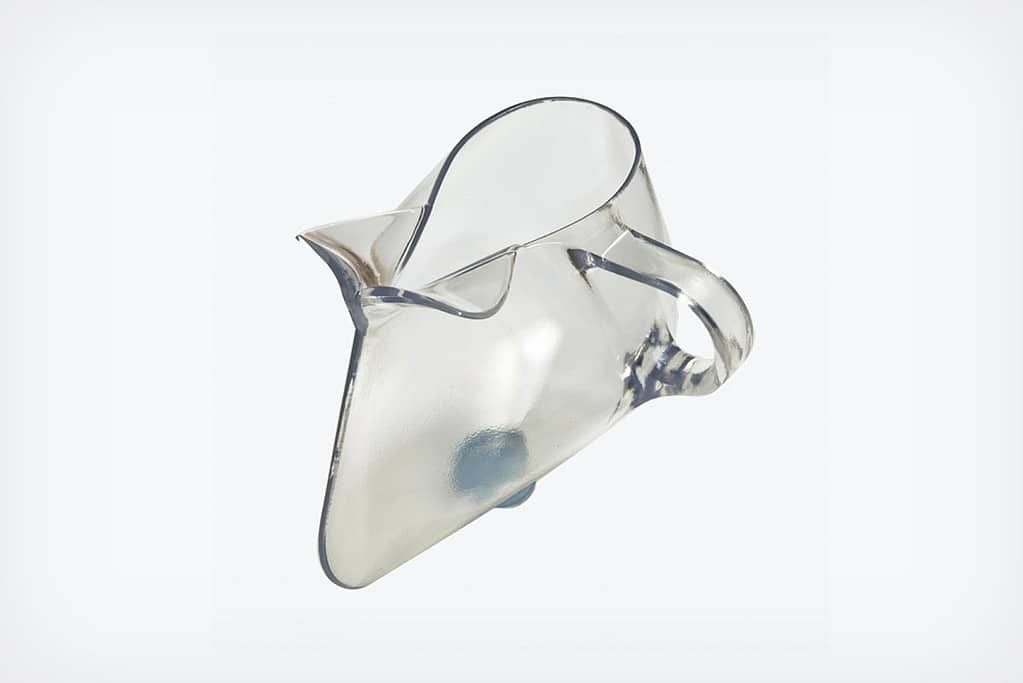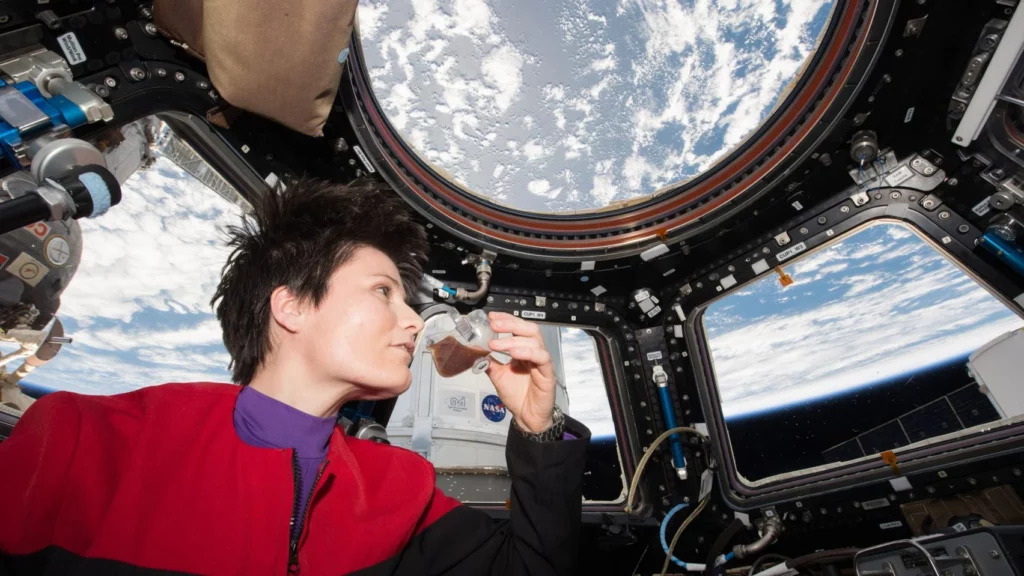
“We take gravity for granted,” says NASA astronaut Donald Pettit. Pettit was on board the ISS for just over a year, and up there, he discovered that drinking liquids with a bag and straw is not that enjoyable. But then, how do you do it? After all, in microgravity, things simply don’t fall down, so how could you drink from a cup.
“Generally, we are unaware of the weight of our hands, or how easily we pour coffee into a cup. We don’t stop to think, ‘Will the coffee rise up and pour out?’ or ‘Can we pour the coffee?’ We just do it. Gravity handles this for us by applying force to the coffee, pulling downward,” the astronaut mentions.
So, he started experimenting and trying out ideas. First, it was “goofing around”, in his own words. Then, he started thinking about it more seriously and came to a realization.
“Consider what will happen when the pull of gravity goes away from the cup of coffee,” Pettit said. “From what we know about earthbound coffee drinking, there will be no gravity to pull the coffee downward as we tilt the cup. We tilt the cup, and the coffee stays level. As the cup tilts, the edge of the mug reaches the edge of the coffee and liquid simply pours out. It’s that simple.”
The space cup

He came up with a design that uses the capillary flow principle. This principle describes how liquids flow in narrow spaces without the assistance of gravity (and sometimes, even in opposition to gravity). Behind capillary flow are the cohesive and adhesive forces behind the liquid molecules and the surrounding solid surfaces. It’s the reason why water can travel up a thin tube or why a paper towel absorbs a spill.
So, Pettit used this principle to create a prototype that he actually fabricated on board the ISS. The original prototype was made from repurposed Mylar and Kapton tape. The shape was the key aspect — it had to be pinched into a teardrop shape to get the fluid to flow across the narrow channel and to the rim for drinking.

The improvised prototype showed potential. Another team of researchers led by Mark Weislogel at Portland State University took the design one step further, creating a cup out of 3D-printed food-grade plastic. This design has been flight-tested by NASA. The complex geometry enhances the drinking experience, making it closer to what we’re accustomed on Earth. It’s not exactly the same thing, but it’s close enough.
Weislogel said it was a “fun application” of his and his students’ research into fluid movement in space.
Pettit also created his own handmade version of Weislogel’s design, and a porcelain version of this is now available on the International Space Station, where it has been used several times.
The invention was also patented; in fact, it was the first patented product that was actually invented in orbit.
More than just a cup
NASA engineer John Graf, who also worked on the design, told Dezeen:
“Mark [Weislogel] is opening a Golden Age of working with fluids in microgravity,” said Graf. “He’s proposing to do crazy bold things that were impossible to credibly think about 10 years ago.”
“It sounds like very simple-minded, fundamental stuff. But astronauts in the space station spend inordinate amounts of time tending to these basic problems — time that could be better spent on research and exploration.
Feedback from astronauts who have used the cup aboard the ISS, underscores the psychological importance of such innovations. Being able to drink from a cup, rather than sucking liquids from a bag, brings a semblance of normality and comfort to the astronauts. These small luxuries can significantly boost morale and mental well-being, crucial factors for the success of long-duration missions where the psychological challenges of isolation and confinement are as daunting as the physical challenges.






